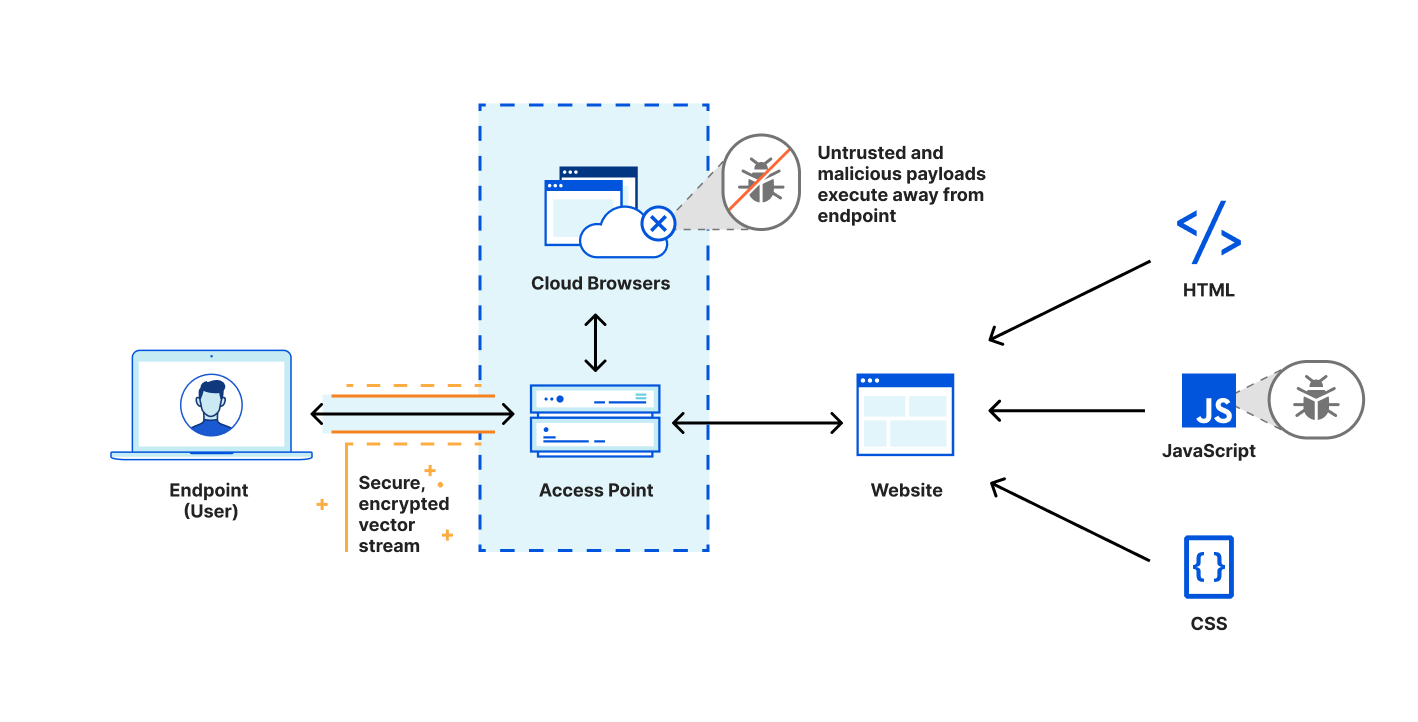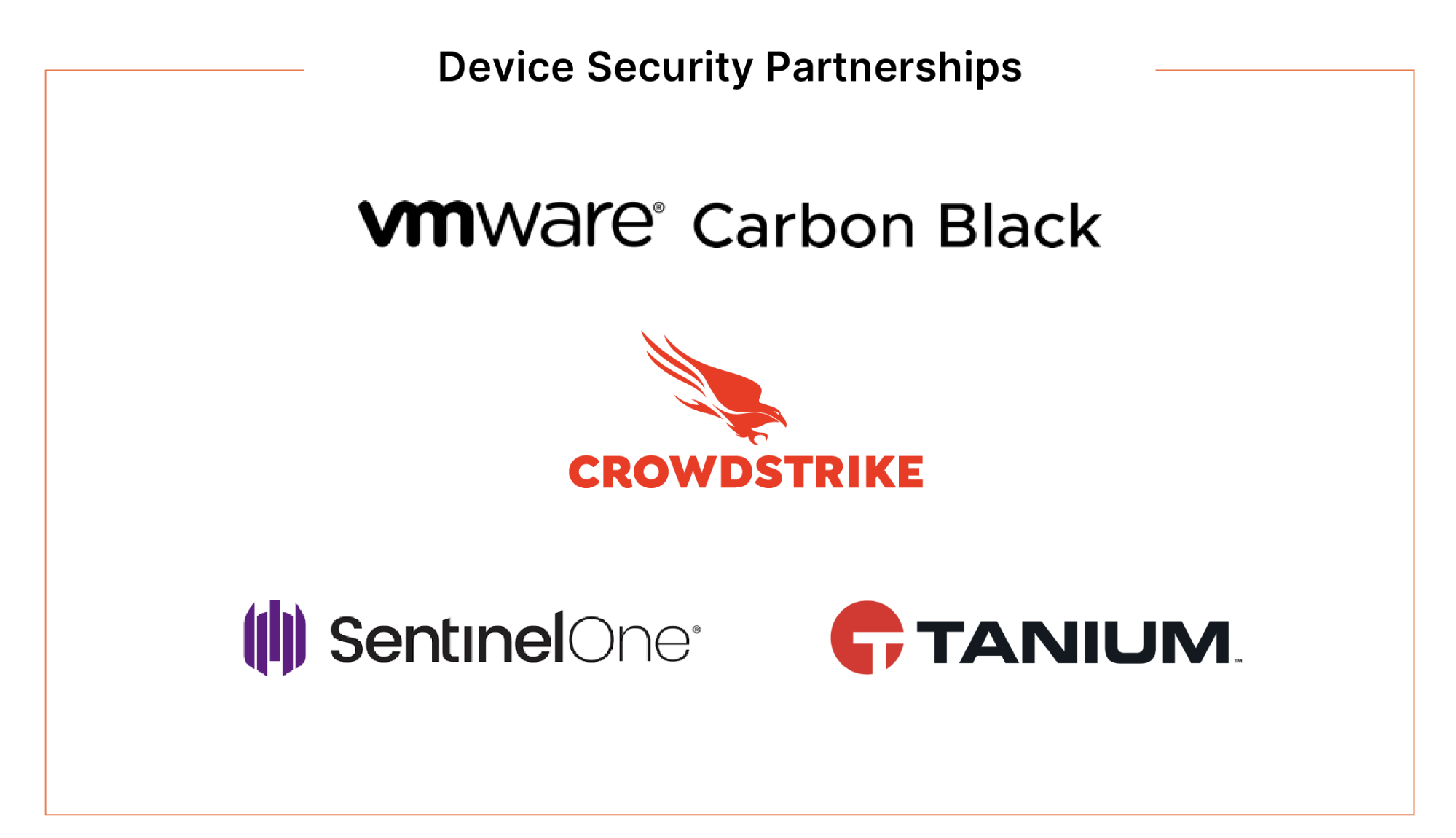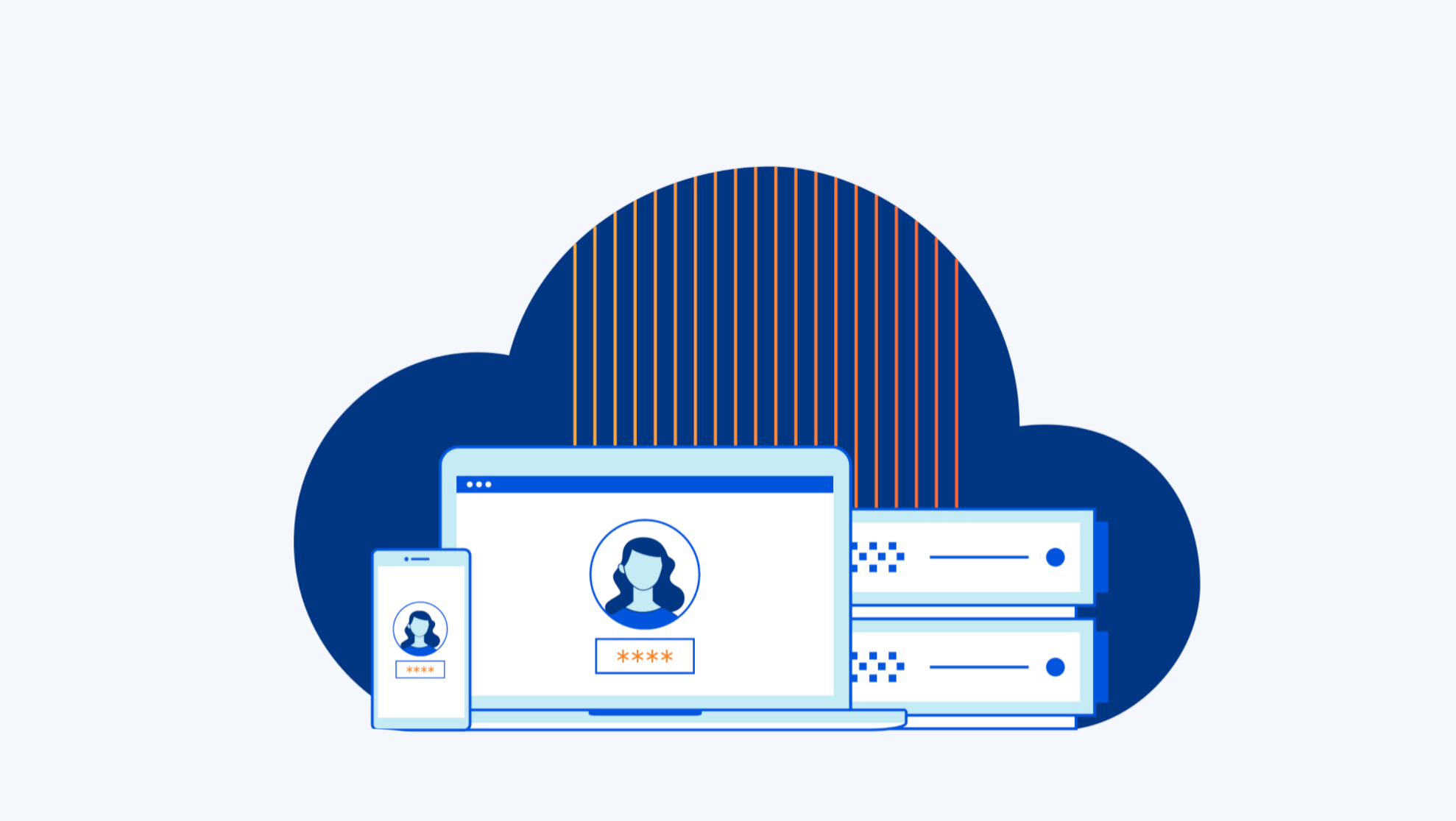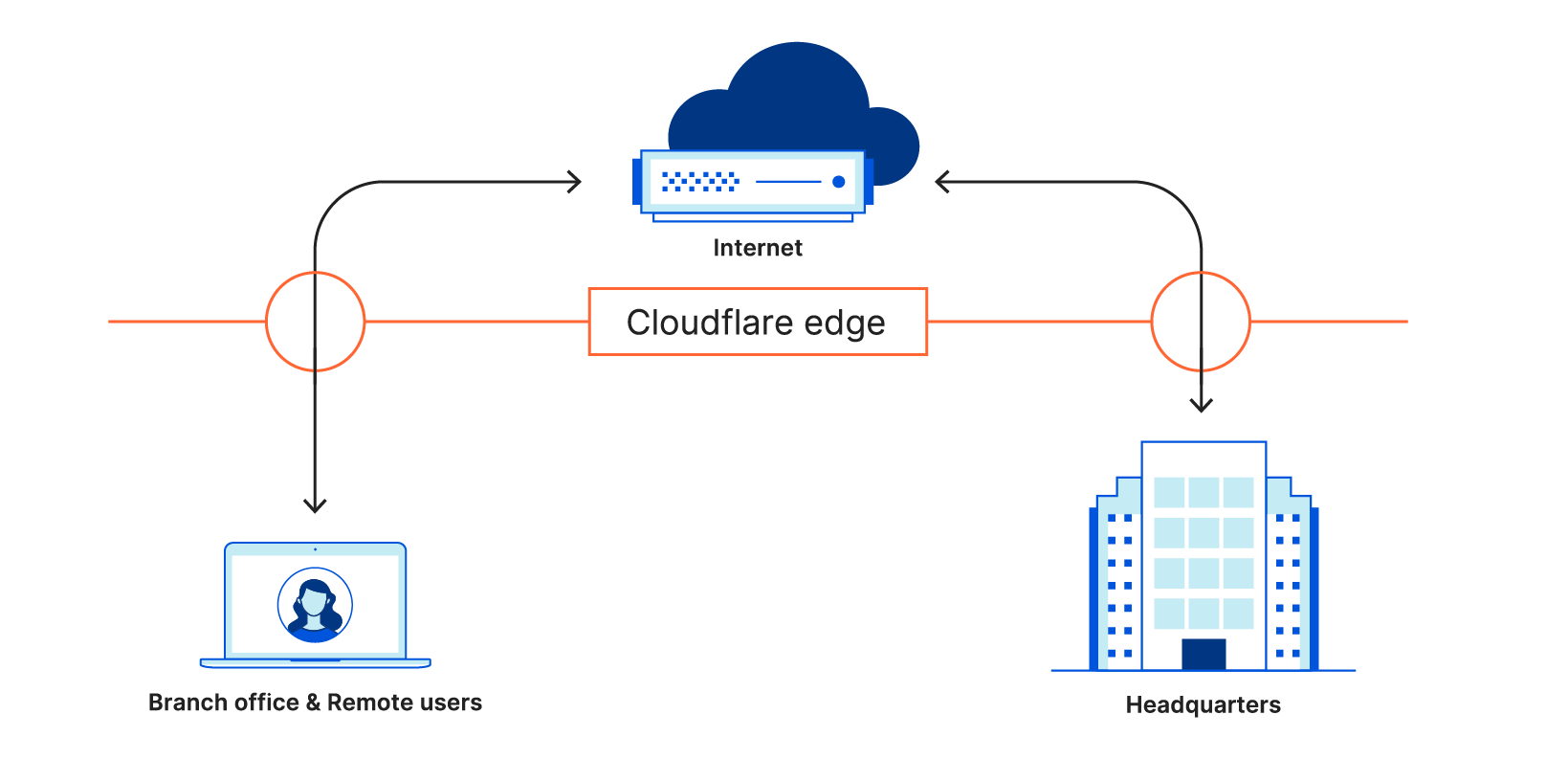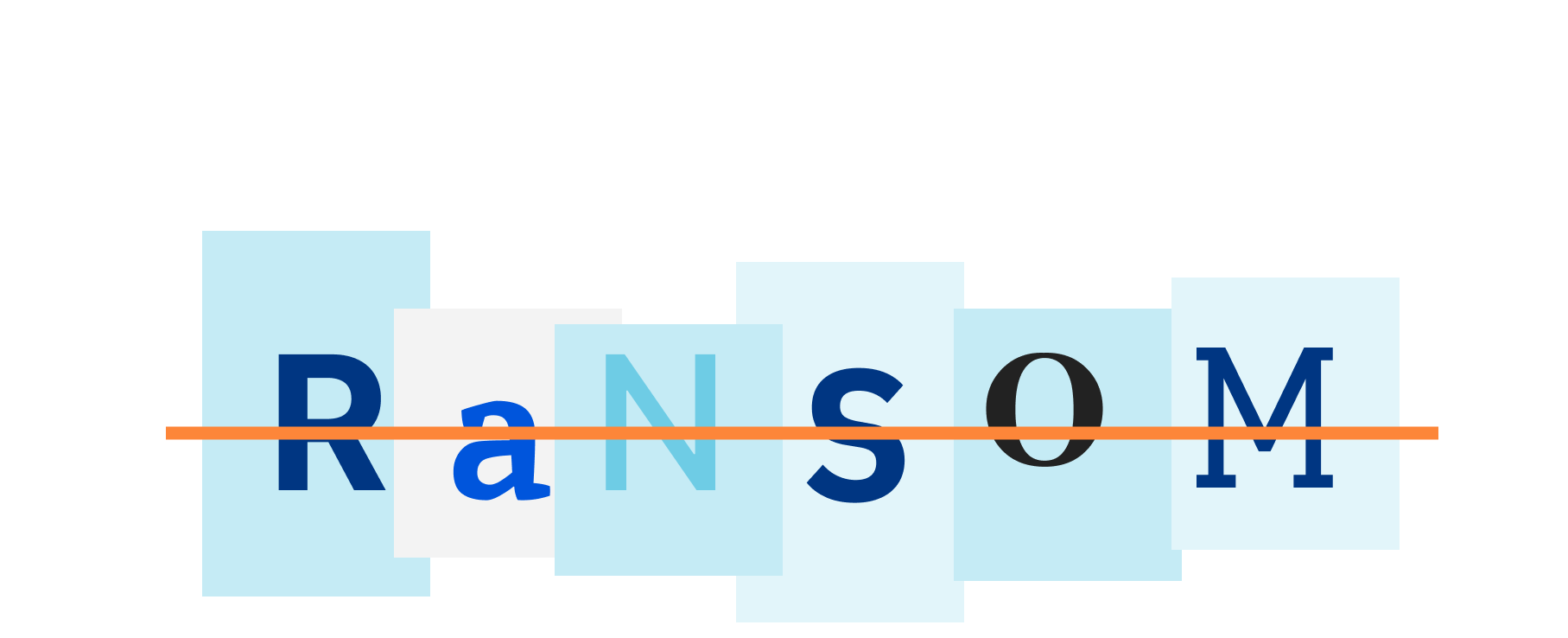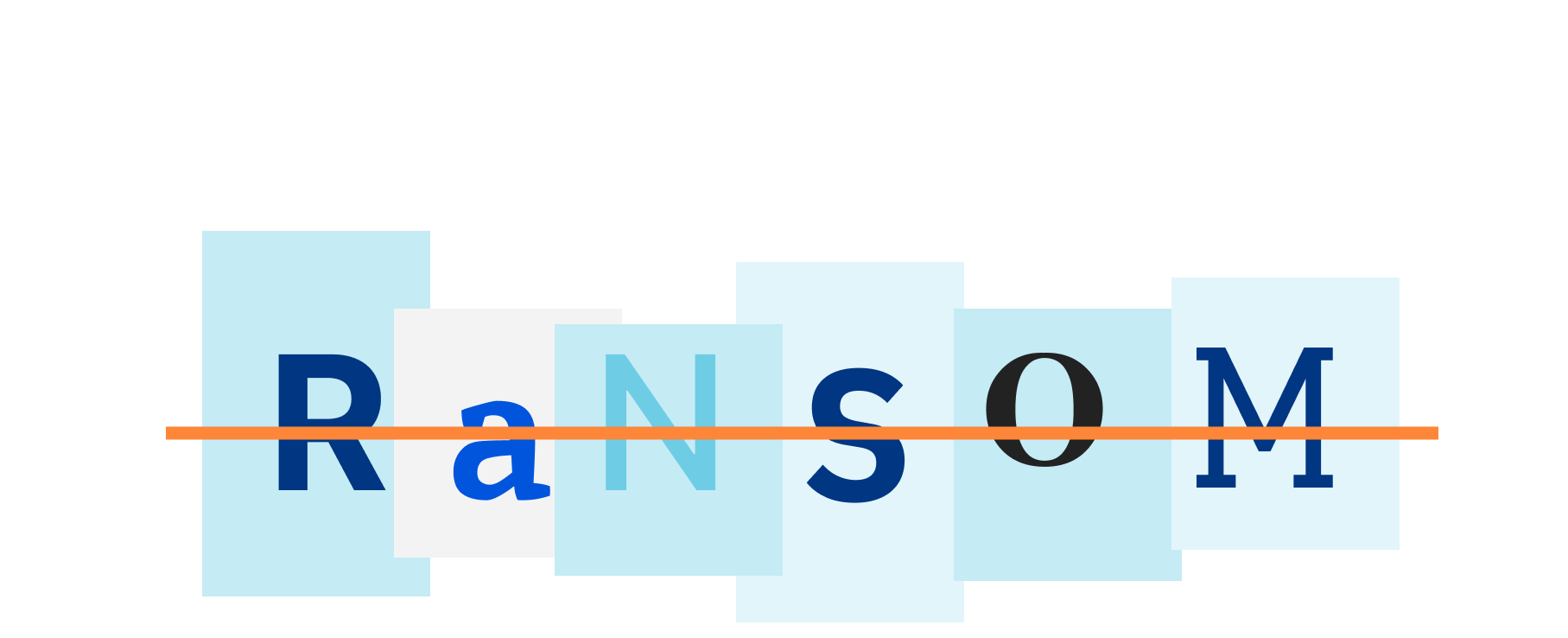It is Always Something (RFC1925, Rule 7)
While those working in the network engineering world are quite familiar with the expression “it is always something!,” defining this (often exasperated) declaration is a little trickier. The wise folks in the IETF, however, have provided a definition in RFC1925. Rule 7, “it is always something,” is quickly followed with a corollary, rule 7a, which says: “Good, Fast, Cheap: Pick any two (you can’t have all three).”
You can either quickly build a network which works well and is therefore expensive, or take your time and build a network that is cheap and still does not work well, or… Well, you get the idea. There are many other instances of these sorts of three-way tradeoffs in the real world, such as the (in)famous CAP theorem, which states a database can be consistent, available, and partitionable (or partitioned). Eventual consistency, and problems from microloops to surprise package deliveries (when you thought you ordered one thing, but another was placed in your cart because of a database inconsistency) have resulted. Another form of this three-way tradeoff is the much less famous, but equally true, state, optimization, surface tradeoff trio in network design.
It is possible, however, to build a system Continue reading


